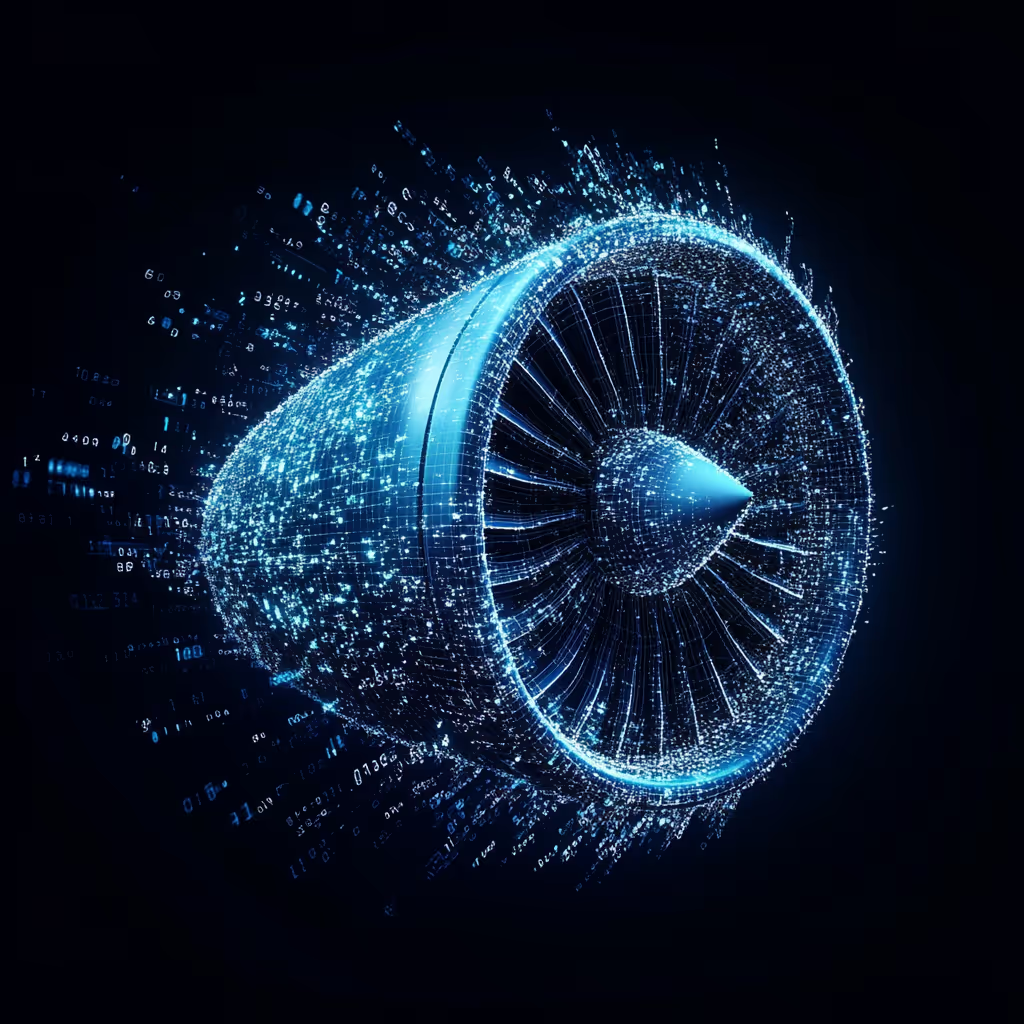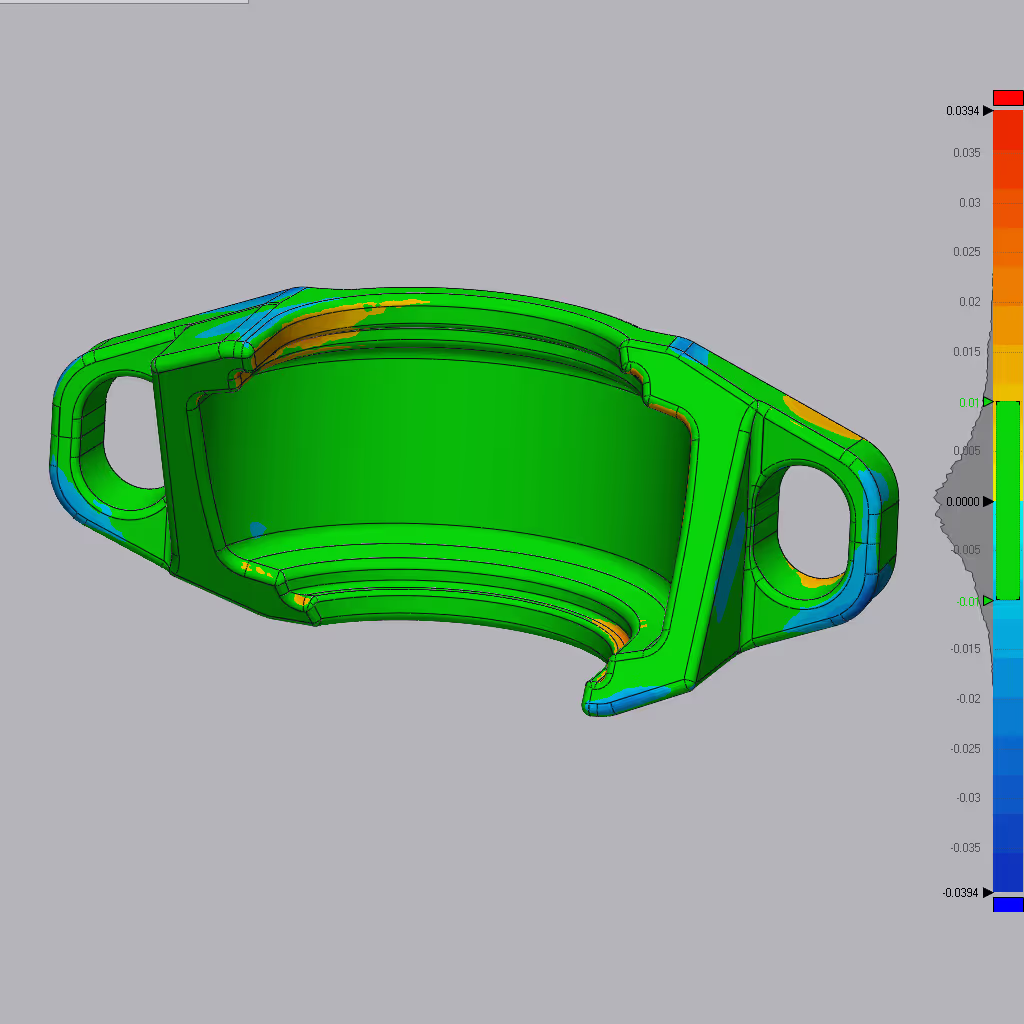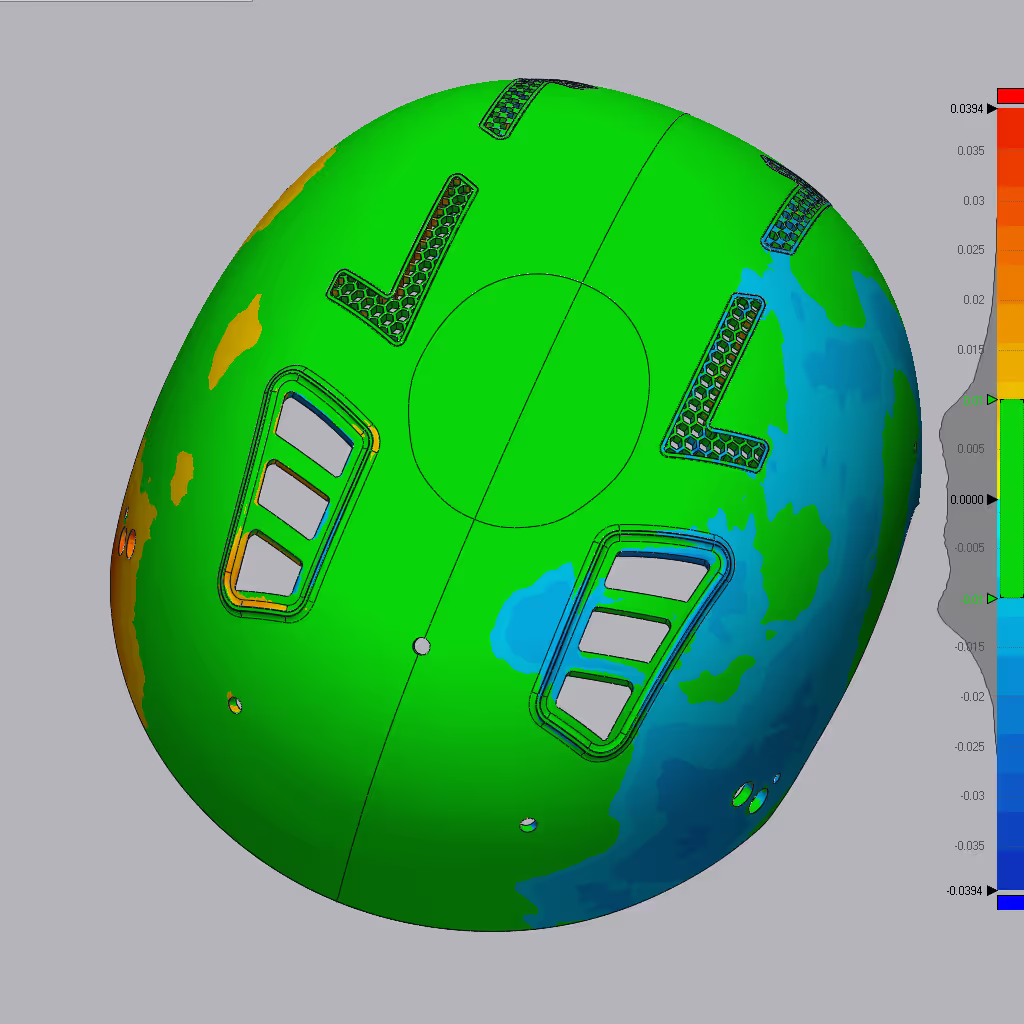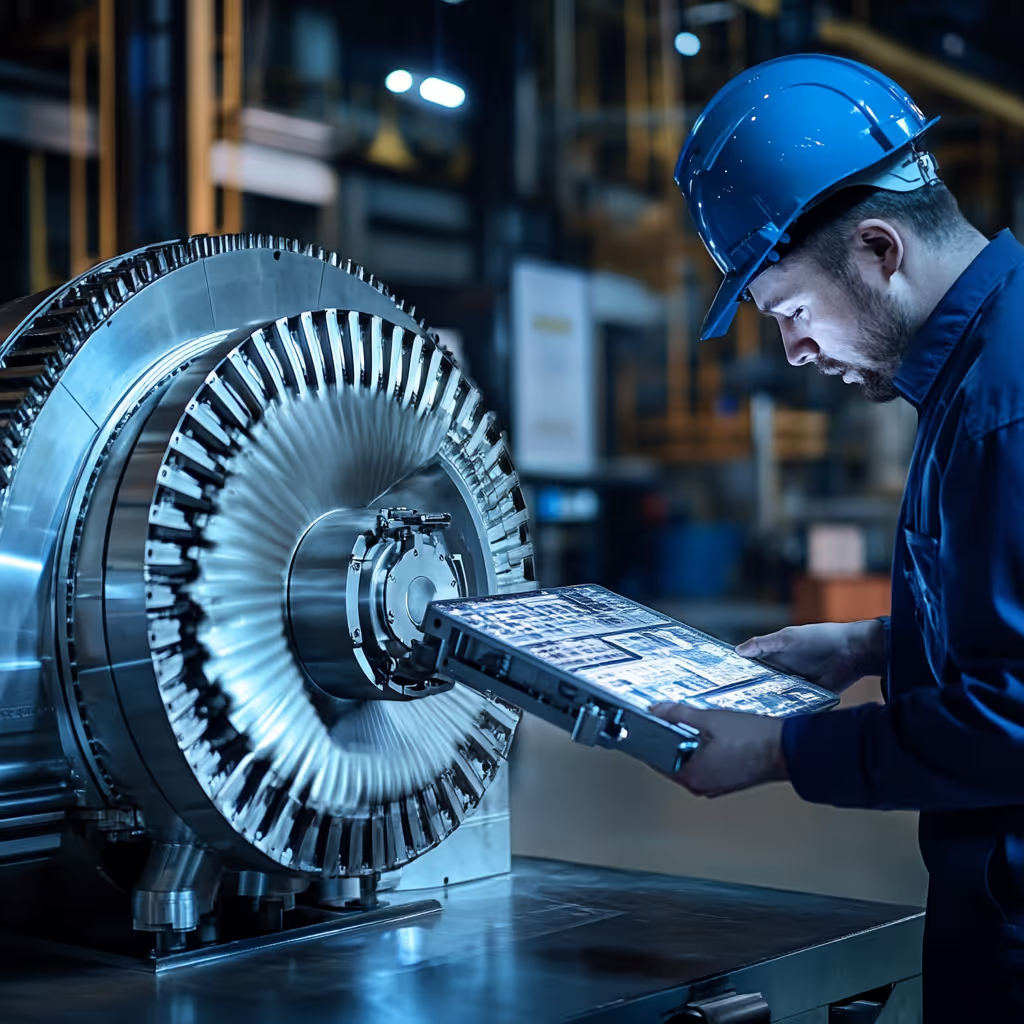Professional Outsourced 3D Scanning and 3D Data Generation Services

In any modern engineering company, data is one of the most important assets. When it comes to 3D CAD files and 3D scanning, it’s the 3D data that’s paramount. 3D data can be anything from your CAD files to the shapes used in a model, and every pixel that goes into a CAD file.
Knowing the height, width, and length of a part is just the first step — you’ll also need to include material properties, textures, tolerances, and visual data if you want a cohesive set of 3D data.
For many engineering departments, this is a lot of work to take on. This is why so many people choose our services at CAD/CAM Services. We offer a wide range of 3D scanning services, and we’ll ensure you get as much 3D data as possible.

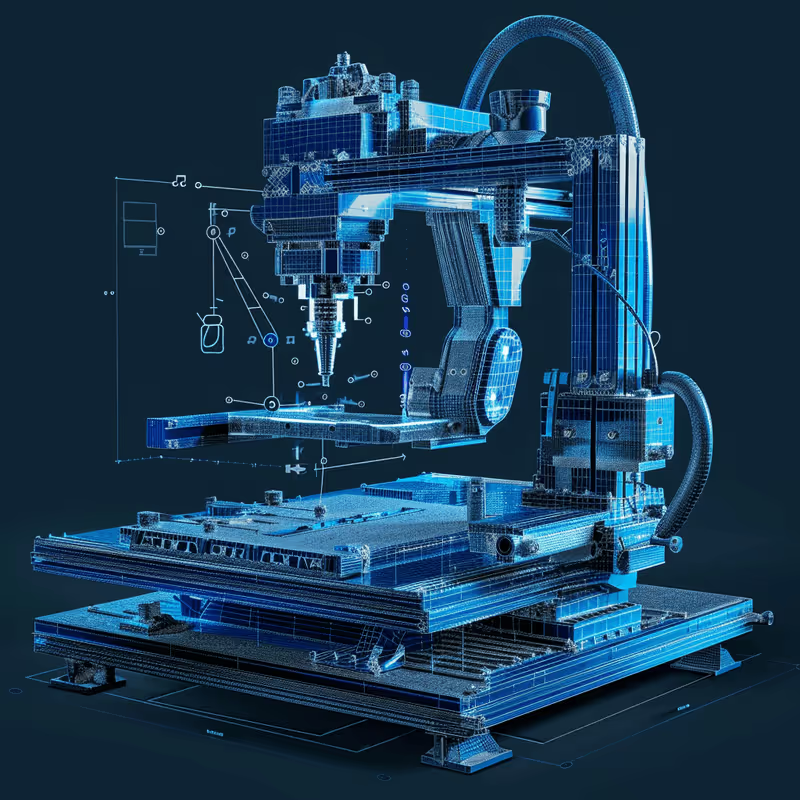
.png)
